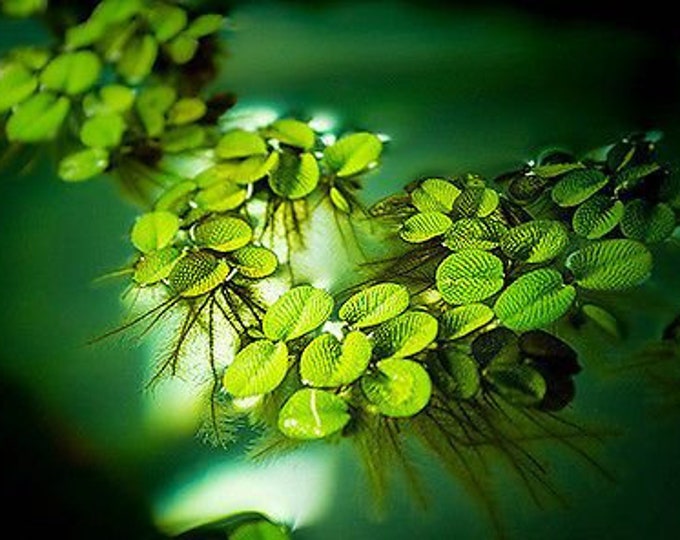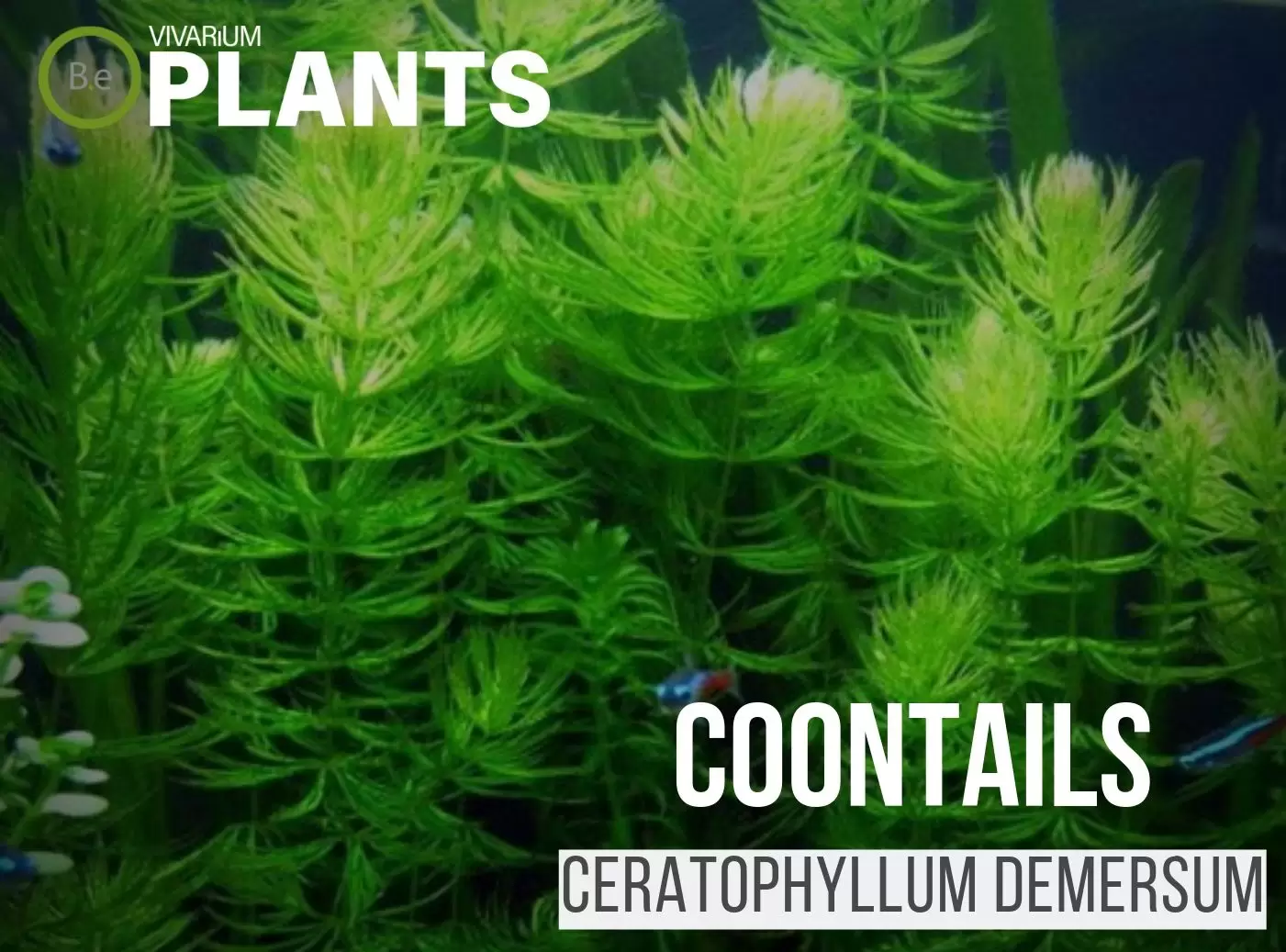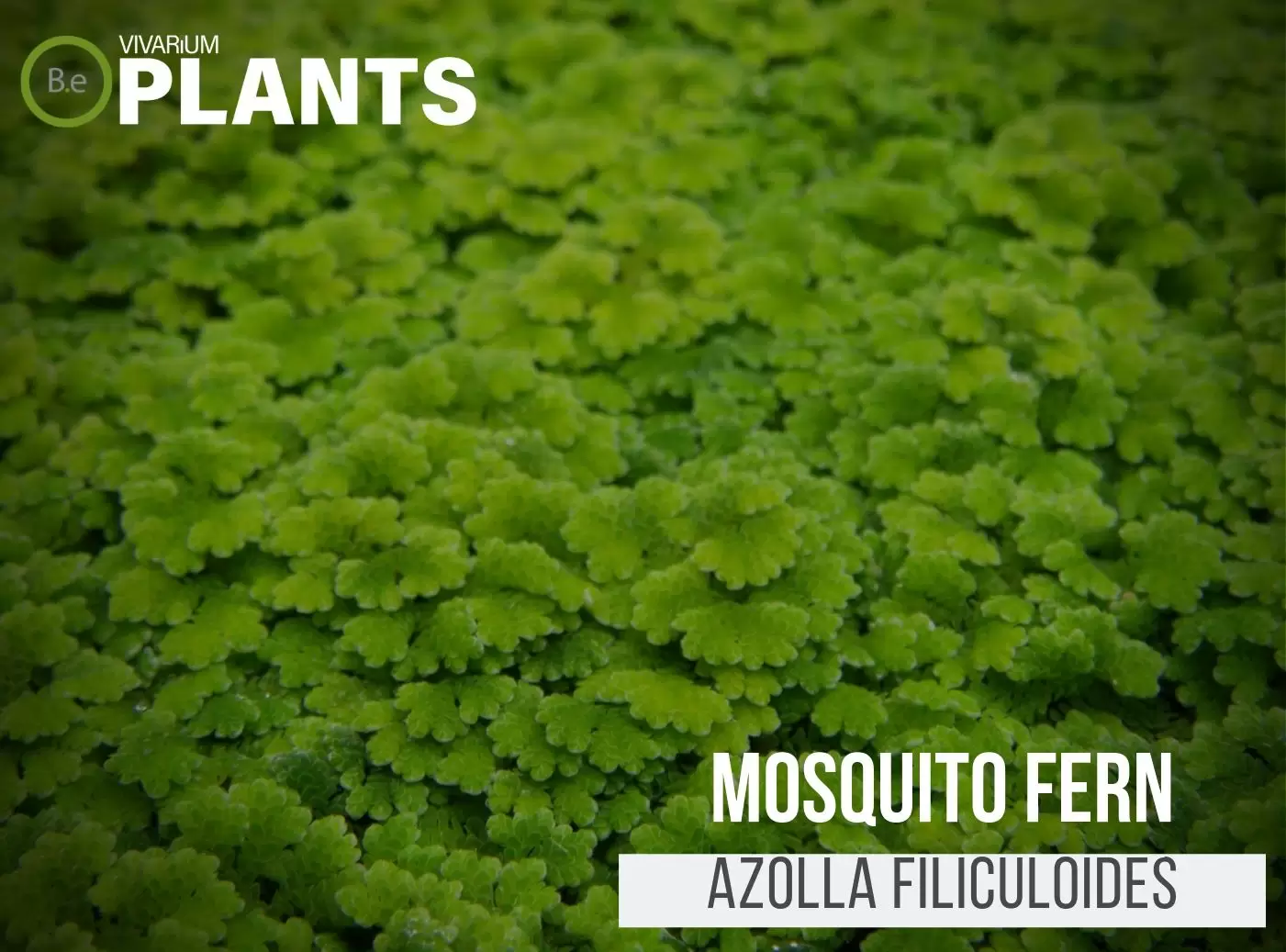Water Spangles (Salvinia minima) is an aquatic floating plant that has become increasingly popular in home aquariums and natural ponds.
The delicate, fern–like foliage of this hardy plant is an attractive addition to any aquatic environment.
In addition to its beauty, Water Spangles is also a practical choice for aquariums and ponds due to its ability to absorb excess nutrients, help control algae growth, and provide shelter and hiding spots for fish.
With its many benefits, Water Spangles is a great choice for adding a touch of beauty and functionality to any aquatic setting.
Table Of Contents:
ToggleWhat Are Water Spangles?
Salvinia minima, also known as water spangles, is a floating aquatic fern. It is native to many warm climates worldwide, including parts of the southern United States.
It gets its name “Water Spangles” from the unique diamond-like shape of its leaves. This plant generally only has a single layer of leaves consisting of anywhere from 4 to 8 small floating leaves that measure about 5mm in length.


Water Spangles Facts
Water spangles are a fast-growing species of aquarium plants that are known for their ability to rapidly multiply.
It produces spores, tubercles, and turions which allow it to rapidly form new colonies, becoming an invasive weed in many parts of the world.
Despite this, Salvinia minima provide benefits, such as being used for wastewater treatment due to its capacity to uptake and store nutrients, as well as providing shelter and habitat to native species and reducing the chances of algal bloom.
Description
The Water Spangle leaf has a distinct diamond shape that is usually about 4 to 8mm in size.
This floating plant can range in color from emerald green to olive green and the underside of the leaves may take on a rusty or reddish hue.
The leaves are not overly thick but they are strong and delicate.
Habitat
Water Spangles are native to many warm, fresh bodies of water. This plant resides completely on the surface without conductive roots and requires lots of nutrients and light to thrive.
In the wild, it is found in standing, shallow waters with calm currents.
pH Preference
Water Spangles prefer an environment with a fairly neutral pH reading with a range of 6.5 to 7.5.
Any sudden shifts in the pH levels, either too high or low, can cause a sudden drop in the overall health of the plant. It is therefore best to monitor, as well as adjust, pH levels every few weeks.
Vivarium Type
Water Spangles can thrive in many kinds of vivariums, including freshwater aquariums, paludariums, and ripariums.
In freshwater aquariums, Water Spangles can be used as a floating plant or can be attached to driftwood or rocks, depending on the desired look.
In paludariums and ripariums, Water Spangles can be used in the water section or the land section, depending on the desired look.
Water Spangles is an adaptable plant and can do well in a variety of aquatic settings, making it a great choice for any type of vivarium.
Vivarium Placement
When it comes to adding water spangles to a tank, it is best to keep it away from areas that generate a current; the diamond-shaped leaves tend to get pushed and tumbled around easily.
If this is unavoidable be sure to add more of the plant to the area, making a thicker patch, so as to not let any current affect the plant’s growth or health.
Substrate
The substrate should mimic the natural habitat of the plant and should have plenty of nutrients and oxygen. A substrate of gravel or sand is acceptable, as is a rich planting substrate, such as soil, with a compacted layer of water on top.
This is important because the roots of the water spangles do not grow below the surface of the water; instead, the nutrient and oxygen supply is absorbed directly from the water.
Lighting
Mimicking its natural habitat, Water Spangles thrive under full sun conditions. Incandescent lighting can help simulate natural sunlight, as can some of the newer LED lights on the market.
Make sure to keep the aquatic lighting fairly bright but not too intense as the leaves can become too strained and easily affected by sudden shifts in temperature.
Buy Water Spangles
When looking to purchase Water Spangles, there are a few key indicators you should look for. Buying the best quality plant will help give you the best shot at growing the fern successfully.
The plant should be snail free along with any other type of pest. The source of the floating plant will usually be sold in small clumps, ready for you to propagate.
The batch should arrive fairly moist and with vivid colors. Try to stay away from sources that provide dried-out or dull-looking plants.
Click the image below to find out more about the current price and other relative info:
Water Spangles Care and Propagation
Water Spangles propagation is done in much the same way as other floating aquarium plants. It is asexual reproduction, meaning a single individual can reproduce and Multiply very quickly in the right conditions.
Fission and fragmentation are the two main methods of propagation and can be done by using a sharp pair of scissors or a razor blade to cut the plant’s leaf in half.
How to grow
To grow Water Spangles successfully, the tank should be kept on the warm side, with temperatures kept around 70°F to 82°F. If temperatures drop below this range the plant will not flourish.
The water should also be kept clean and free of pollutants and excess waste, as any build-up of pollutants can inhibit the growth of the plant.
Another key is making sure the tank is well-fertilized; too little fertilizer will cause slower growth and poor health.
Water Requirements
Water Spangles love slow currents but can also withstand small rapid bursts of water as well.
Water Spangles take in oxygen and nutrients directly from the water column and should be watered month; just make sure to keep the water temperature constant.
Plants Similar To Water Spangles
Even though some hobbyists enjoy sticking to a specific theme when building an enclosure, that does not mean that only one type of plant must be used. Adding diversity and versatility is crucial to creating a captivating vivarium.
Mix up the look of your vivarium with different flora that can easily co-exist in the same types of environment. Not only will it be more pleasing to the eye, but it will also make the tank look more realistic.
Furthermore, if for some reason you are having a hard time getting your hands on this aquatic plant… Here are some other options that may do well with or in the place of Salvinia minima:
Conclusion
Water Spangles are a great low-maintenance, high-impact plant to add to any vivarium. This floating plant can add a gorgeous carpet effect to a tank while simultaneously providing cover and nesting sites for small aquatic organisms.
Water Spangles are fairly hardy and can be propagated quite easily, so they make a great addition to any tank. With proper care and attention, this plant will continue to provide its unique beauty to your vivarium for quite some time.
Frequently Asked Questions
Yes, water spangles are good for aquariums. They provide beneficial supplemental food for fish, as well as a natural cover from the light for fish. Water spangles also help reduce water nitrates and are an attractive addition to any aquarium.
Water spangles typically grow at a rate of 1–2 inches per week.
Yes, water spangles (Salvinia minima) are an invasive species. They can be found in many areas of the United States, usually in warm water bodies like ponds and lakes. Water spangles can rapidly spread and outcompete native plants, making them a serious threat to local ecosystems.
Yes, water spangles are easy to care for. Water spangles are a type of aquatic plant that is low–maintenance and can thrive in a variety of conditions, including low light, low nutrients, and low temperature. They require minimal pruning and need only an occasional water change to keep them healthy and thriving.
The benefits of water spangles include:
-Helping to maintain oxygen levels in bodies of water
-Providing food and shelter for many aquatic organisms
-Acting as a natural filtration system, reducing phosphorus and nitrogen levels in the water
-Enhancing the beauty of natural ponds and streams
Yes, Salvinia Minima is a fast–growing aquatic fern, spreading rapidly and forming dense mats of foliage on the water‘s surface.
The following fish are known to eat Salvinia: catfish, sarus garpike, some species of sunfish, some species of bass, grass carp, carp, some species of pacus, and siamese algae eaters.






